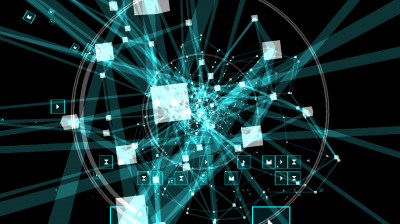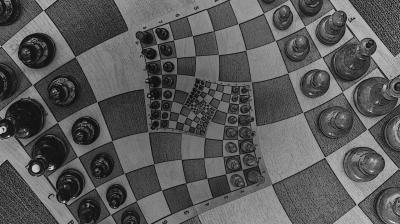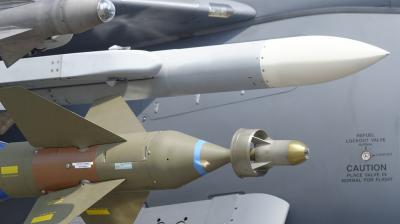Terrorism in the age of technology
This report is part of our upcoming Strategic Monitor 2019 - 2020 which monitors global trends and assesses risks and opportunities for Dutch national security.
Terrorists are and have always been children of their time - like you and me. We increasingly make use of modern technology, whether it is by ordering groceries through an app or reading articles selected through artificial intelligence (AI). These benefits come with a downside: those with bad intentions might use these technologies as well. This contribution aims to put the threat posed by the use of technology in terrorism to the West, more specifically to The Netherlands, in perspective. It will reflect in particular on the signals to watch in the Global Security Pulse on ‘Terrorism in the Age of Tech’ (tracks emerging security trends and risks worldwide). It will reflect on the probability and evidence-based nature of the threats that are prominent in this publication and highlight some threats that have not been included.
"We need to be able to anticipate new forms of threat, to make sure that we do not suffer from ‘failure of imagination."
The Global Security Pulse touches upon a fundamental question:
‘How can we strike (and safeguard) a proportional balance between the realistic probability and the impact of the use of these new technologies, without then neglecting other threats?’
Putting the debate on terrorism in the age of technology somewhat in perspective is necessary. The public discourse paints a futuristic picture of a threat that could quite easily spin so far from our understanding that it will become difficult to control and counter. It widely accepts scenarios of weaponisation of AI and killer drones.
- But how probable are these scenario’s?
- Are they based on actual evidence or on a fear that terrorists will go as far as our imagination allows us to imagine?
- Are incentives and motivations also taken into account or is the threat assessment mainly based on assumed technical capacities and unhindered access to new technologies?
Fact is that in counter-terrorism (CT) policy, also on the international level, time and money is spent on these scenarios.




